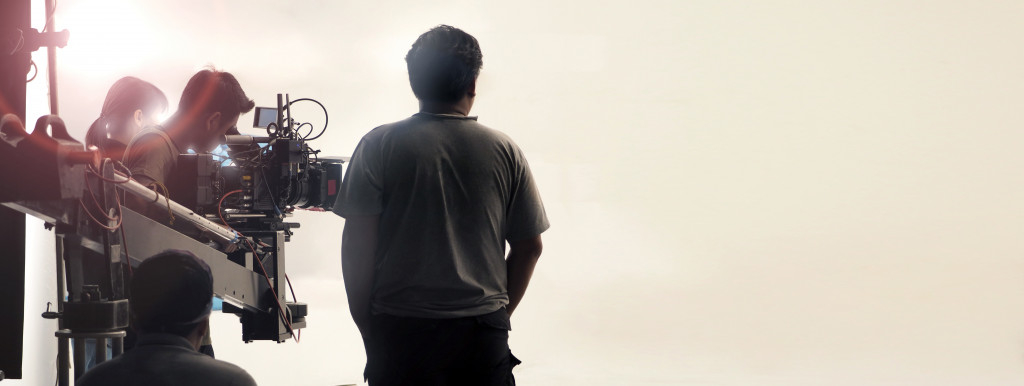The film industry was among the hardest-hit sectors when the pandemic started over a year ago. The health crisis forced many movie companies to stop production and move film releases. The US box office also lost billions in revenue as everyone had to stay home to avoid the virus.
The health crisis also forced the closure of movie theaters across the country, causing a considerable effect on the industry. But after the situation improved, the industry came back to life, albeit with health protocols in place. Producers and directors also adapted, and developments in technology allowed them to produce movies that performed well in the market.
Here are some changes filmmakers implemented to adapt to the situation.
Health Protocols
Implementing social distancing measures is challenging in film production since filmmaking is a collaborative activity that requires people to discuss their work. Due to this, movie companies had to hire people to remind everyone to stay at a safe distance from each other.
Aside from physical distancing, everyone had to go through a temperature testing station and wear a face mask. People were also assigned to specific zones in the set. They had to stay within their zones to prevent flare-ups in the set. Additionally, everyone had to go through regular testing to prevent the spread of the virus during production.
An incident while filming a movie in London at the height of the pandemic highlighted the importance of following health protocols. The lead actor of the film scolded some crew members for not following health protocols during production.
Health Bubble on the Set
In addition to regular testing, filmmakers also rented accommodations for the cast and crew members to prevent them from getting infected during production. Even though it was costly, it was a necessary expense that reduced the risk of infection.
The health bubble required everyone to stay isolated from the rest of the world until the production ended. The accommodations available for the cast and crew depended on the budget of the movie. Blockbuster movies had higher budgets for their accommodations. They stayed inside these health bubbles anywhere between 10 days to 19 weeks, depending on the length of the production.
These health bubbles were similar to the National Basketball Association (NBA) bubble in Orlando, Florida. Only one percent of all participants in the NBA bubble tested positive when they entered the bubble. But the infection did not spread to other players, referees, and coaches after isolating the people who got infected.
Next Generation Sets
Before the pandemic, movie companies filmed in different locations worldwide that showcased breathtaking views of these places. But the travel restrictions implemented by various countries limited the movement of people. Due to this, filmmakers had to complete the movies produced during the pandemic inside a movie studio.
To recreate the amazing views, filmmakers had to use technology to bring these locations into the studios. Some movies companies sent small teams to real-world locations and used specialized equipment to capture the scenery. They had to take photographs of the locations from different angles and send them back to the studio.

Once the images reached the studio, another team had to put together everything and create a digital location model. After finalizing the plans for the shots, a visual effects team would make a photorealistic depiction of the location and use it for the backdrop of the movie.
Since smaller movie companies do not have the equipment to accomplish this, they should work with other companies with virtual studio production capabilities to incorporate technology into their movies. The technology allowed them to recreate different locations around the world without leaving the studio. Extended reality (XR) technology offered by these companies will also enable actors to interact with the blended sets rather than simply imagine them. In this situation, movie companies ensured the safety of the cast and crew during production.
Cloud Technology in the Movie Industry
Many industries have been using cloud technology to increase productivity and efficiency, especially during the pandemic. The technology allowed people to collaborate even if they stayed in different locations.
The movie industry has also adopted the technology after the pandemic started. After filming a scene, the team uploaded the video files into a cloud system and provided access to other members of the movie production team.
Visual effects supervisors, editors, and executive producers can provide real-time feedback about the scenes from remote locations. This reduces the number of people in the set, which is ideal for the current health situation.
Final Thoughts
Even as the movie industry paused for a while when the pandemic started, technology allowed its stakeholders to resume production while keeping everybody safe from the virus.
